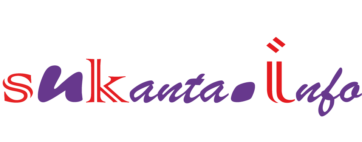Different versions of Laravel:
Laravel 1:
First released in June 2011 and it was written from scratch. Feature: custom ORM(Eloquent), closure based routing, a module system for extension, helpers for forms, validation, authentication and etc.
Laravel 2 and Laravel 3:
Came into action in November 2011 and February 2012 respectively. Feature: Controllers, unit testing, command line tool, inversion of control(IoC) container, Eloquent relationships and migrations.
Laravel 4:
It was released in May 2013. It was a collection of components, distributed and bundled together by composer.
Feature: pulled in the majority of its components from Symfony and the Illuminate components through Composer. Queues, a mail component, facades and database seeding.
Laravel 5:
In February 2015, a major release of Laravel came into the front of user.
Feature: Removal of the form and HTML helpers, the introduction of the contract interfaces, a spate of new views, Socialite for social media authentication, Elixir for asset compilation, Scheduler to simplify cron, dotenv for simplified environment management, form requests, and a brand new REPL (read-evaluate-print-loop). introduced the concept of middleware, concept of eloquent sub query enhancements
Laravel 6:
It was released in September 2019.
Feature: Concept of Laravel Vapor, that allowed developers to deploy their Laravel applications on Amazon Web Services(AWS) without having to worry about server maintenance and infrastructure. It also introduced Lazy Collections which helped developers to work with large dataset more efficiently.
Laravel 7:
This version was released in the year of corona epidemic(March 2020)
Feature: Route Caching that improved the performance of their web applications by caching the routes. This version introduced support for blade components and dynamic blade components that helped developers to reuse UI components across web applications.
Laravel 8:
This version was released in September 2020
Feature: Job batching – allowed developers to group multiple jobs into a single batch and execute them together, improved rate-limiting functionality, support for Tailwind CSS and Laravel JetStream- starter kit for building Laravel applications.

